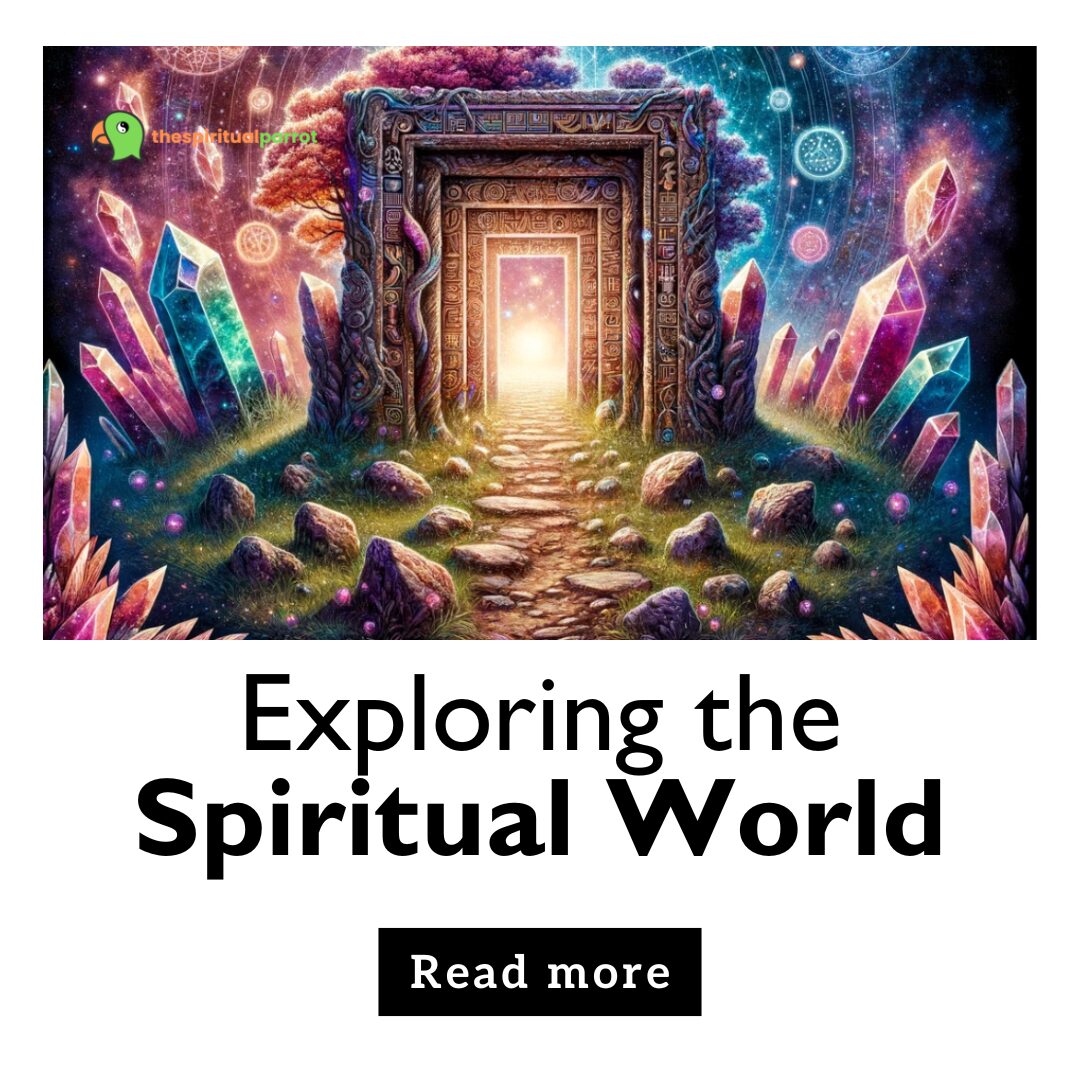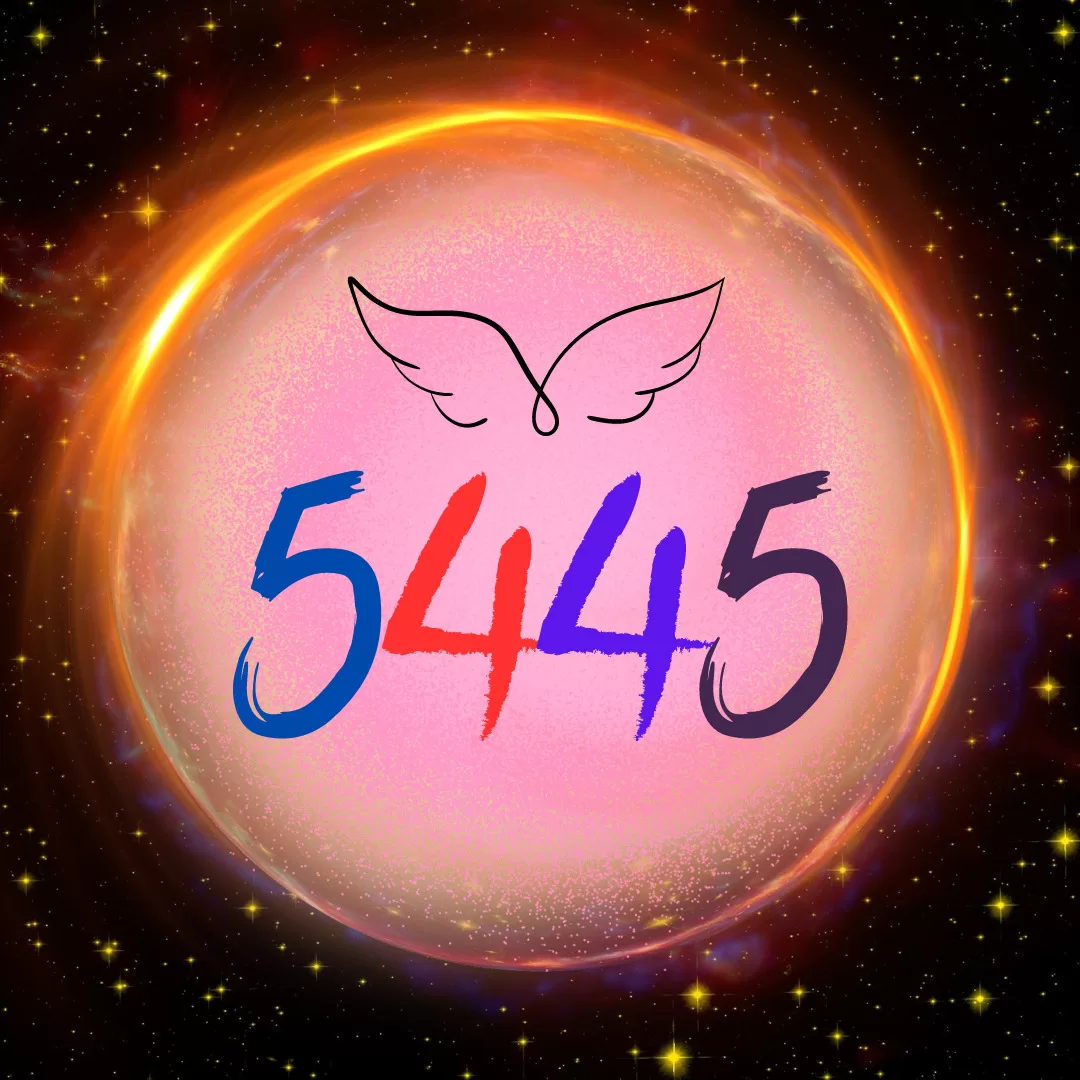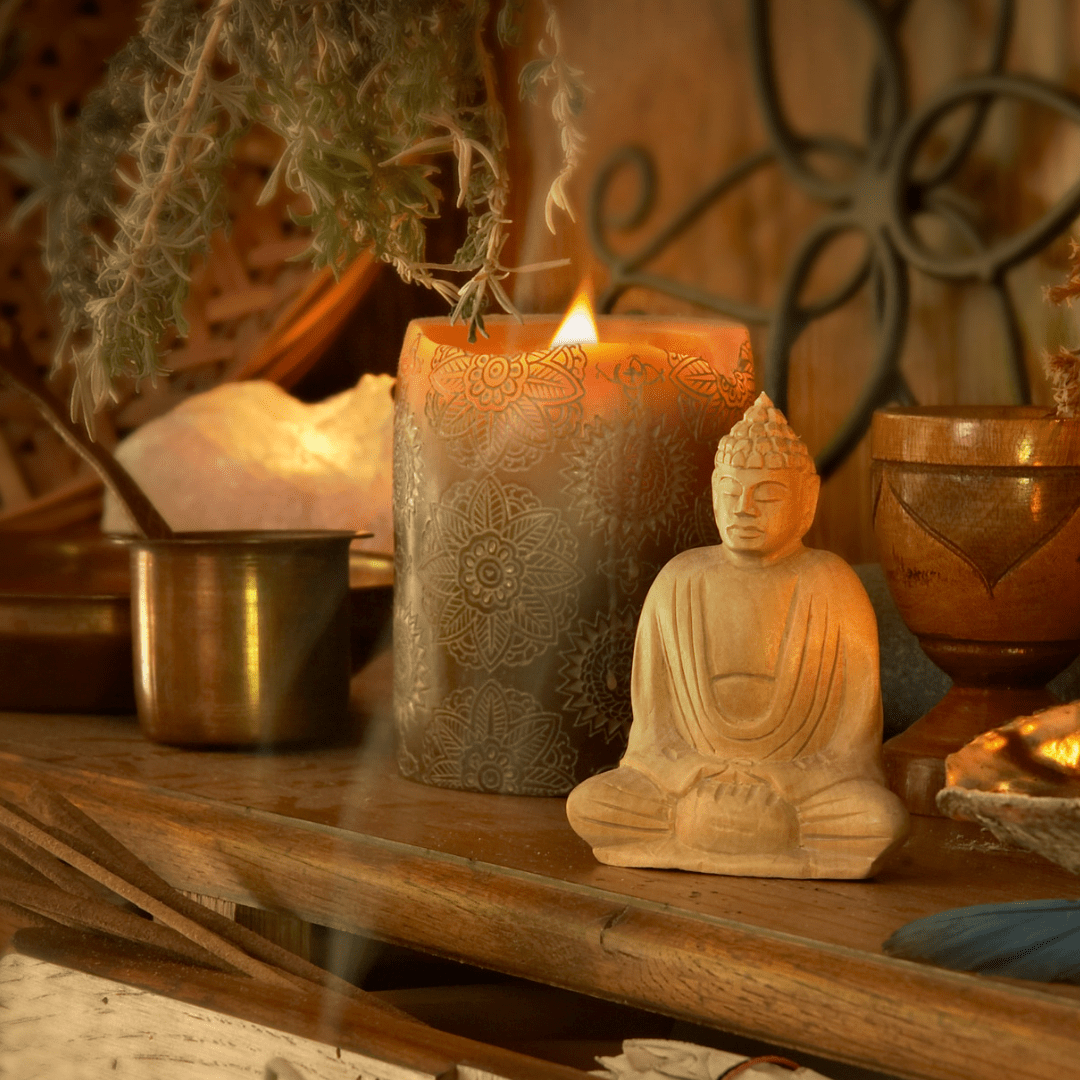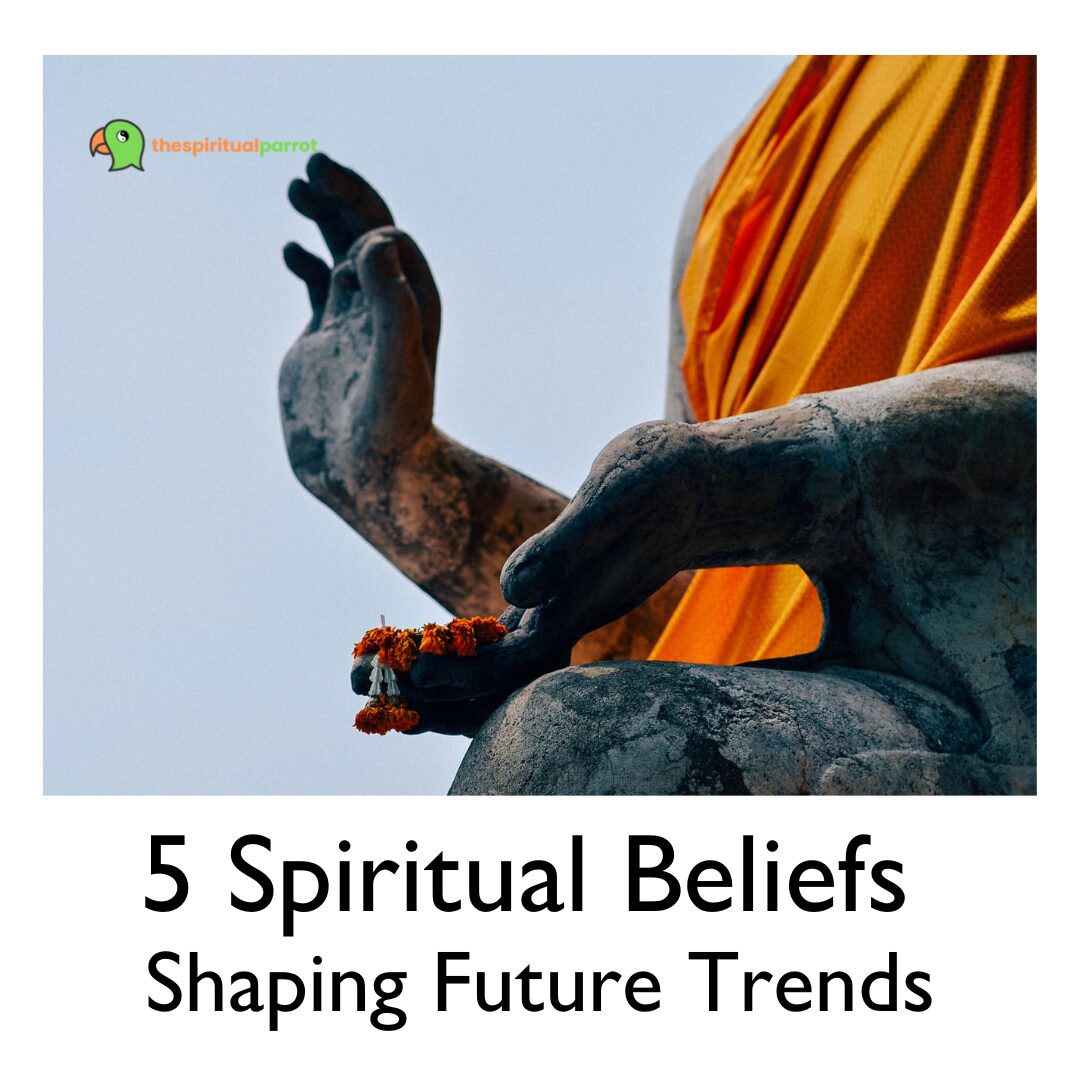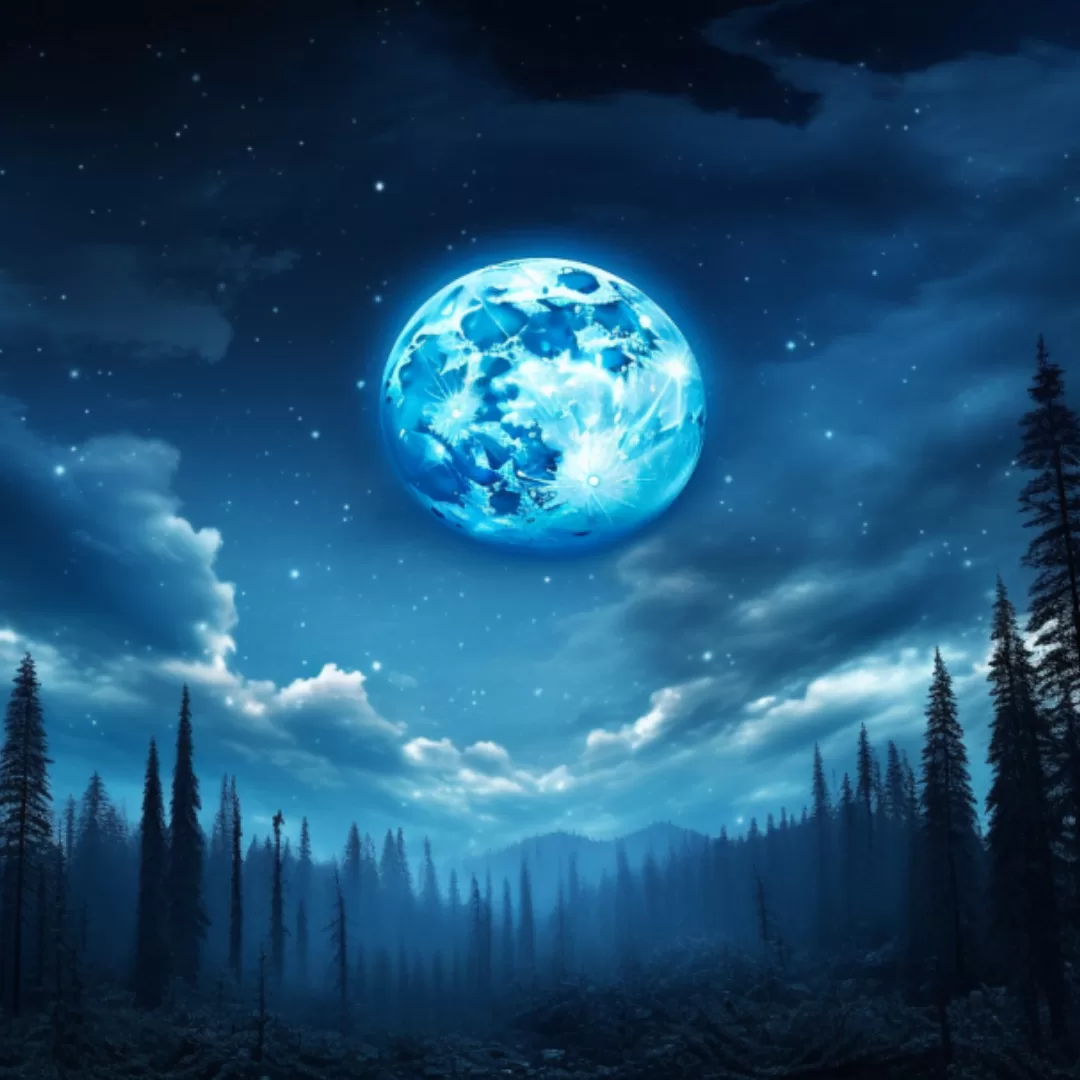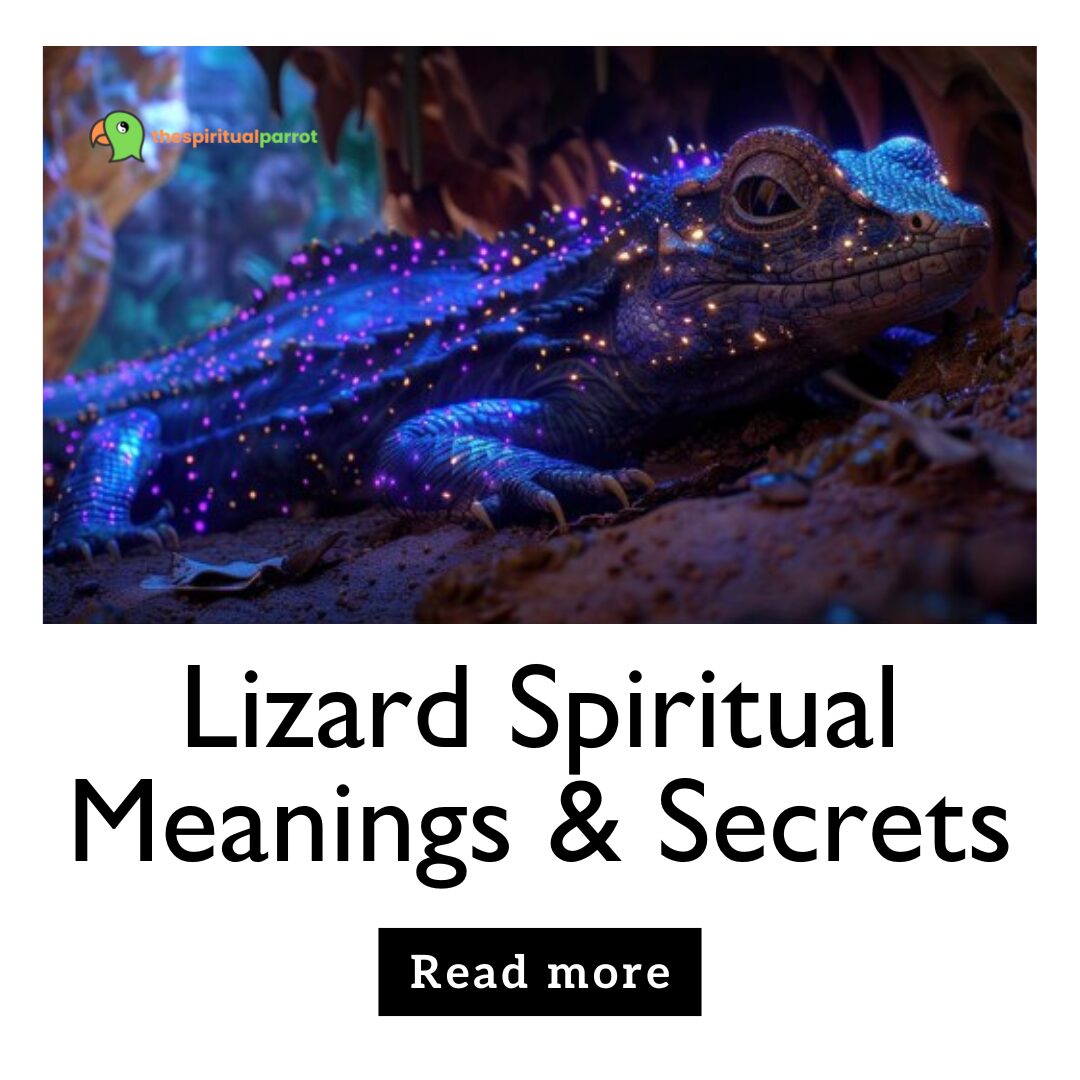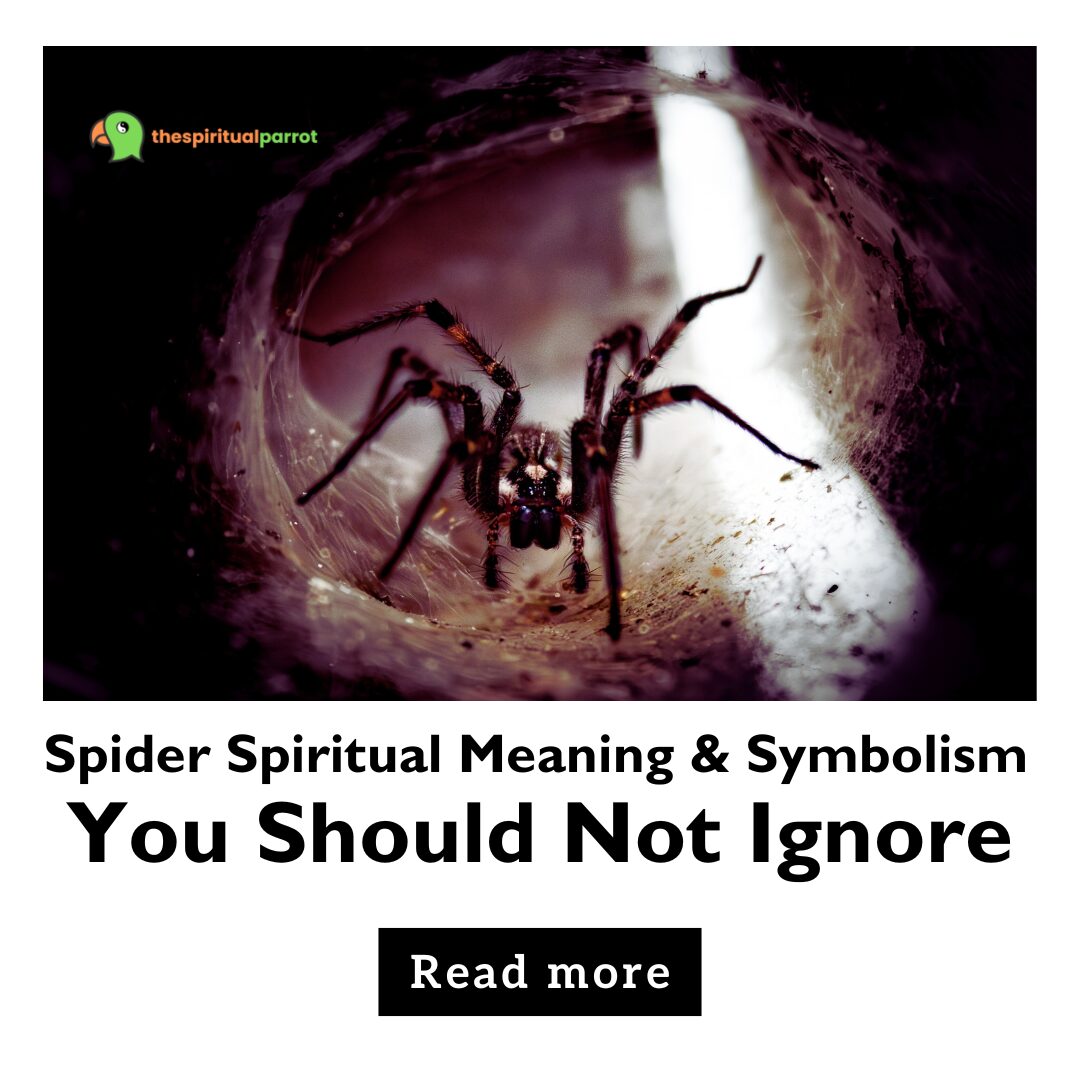Have you ever felt a presence, something beyond the tangible world we live in? The spiritual world offers an intriguing exploration beyond the physical, touching the essence of our being and the universe. It’s a realm that has fascinated humans for centuries, crossing cultures and religions, and today, it remains as captivating as ever. Let’s dive into what the spiritual world is and how it intersects with our modern lives.
Understanding the Concept of the Spiritual World
At its core, the spiritual world refers to a realm beyond the physical, visible universe. It’s where energy, consciousness, and the essence of beings exist outside our material experience. This concept isn’t new; it’s been part of human belief systems since time immemorial.
- Energy and vibrations: Central to many spiritual beliefs is the idea that everything in the universe is made up of energy and vibrations, connecting all forms of life.
- Consciousness: The spiritual world is often seen as a higher state of consciousness, accessible through various practices like meditation, prayer, or certain rituals.
The Intersection of Spirituality and Modern Life
In today’s fast-paced world, you might wonder how spirituality fits into our daily lives. The truth is, it’s more relevant than ever. With the rise of stress and digital overload, many are turning to spiritual practices to find balance and meaning.
- Mindfulness and meditation: These practices have seen a surge in popularity, helping individuals to connect with the present moment and achieve a sense of peace.
- Integrating spirituality: Whether through yoga, nature walks, or personal rituals, people are finding ways to weave spirituality into the fabric of their modern existence, seeking a deeper connection to something beyond the material world.
As we embark on this journey together through the spiritual world, remember, that it’s about exploring the unseen, feeling the intangible, and connecting with the essence that binds the universe.
Historical Perspectives on the Spiritual World
Diving into the spiritual world isn’t just about understanding its presence in our lives today but also appreciating its deep historical roots. Civilizations across time have left us a treasure trove of wisdom, showcasing how the spiritual realm has always been a pivotal part of human existence.
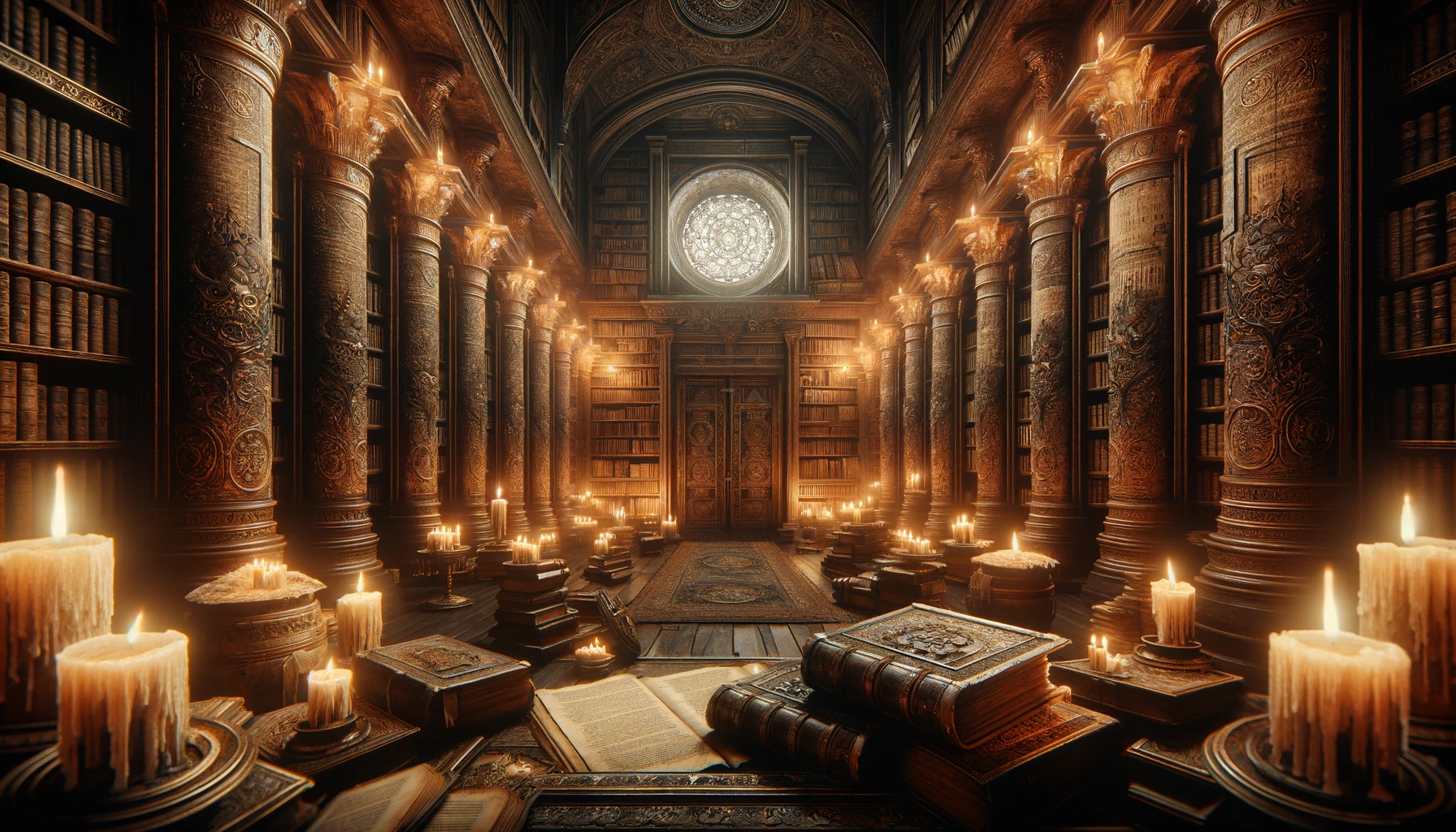
Ancient Civilizations and Their Spiritual Beliefs
The spiritual world has been interpreted in myriad ways by various ancient cultures, each offering a unique window into the human soul and the cosmos.
- Egyptians: They believed in an afterlife, constructing elaborate tombs and performing intricate rituals to ensure a safe passage for the deceased.
- Indigenous cultures: Many indigenous tribes across the globe have maintained a strong connection to the spiritual world through their reverence for nature, ancestors, and totemic spirits.
Evolution of Spiritual Concepts Through Ages
As we progressed through the Middle Ages to the modern era, the perception of the spiritual world evolved, yet its essence remained unchanged.
- The Middle Ages: This era saw spirituality predominantly intertwined with religious institutions, with a focus on morality and the afterlife.
- The Enlightenment: A shift towards reason and individualism began to question traditional spiritual beliefs, paving the way for a more personal interpretation of spirituality.
Key Concepts in Exploring the Spiritual World
To truly grasp the spiritual world, we must understand the fundamental concepts that serve as its foundation. These ideas bridge the gap between the physical and the spiritual, offering paths to deeper self-awareness and universal connection.
Energy and Vibrations: The Basics of Spiritual Existence
Everything in the universe, at its most microscopic level, is vibrating energy. This notion isn’t just spiritual; it’s scientific.
- Quantum physics: Modern science echoes ancient spiritual teachings, suggesting that we’re all part of a vast, interconnected web of energy.
- Vibrational frequencies: Different states of being—emotions, thoughts, and physical matter—resonate at various frequencies, influencing our reality and spiritual connections.
Spirituality vs. Religion: Delineating the Differences
While spirituality and religion often overlap, they are distinct paths leading to the understanding of life and existence.
- Spirituality: It’s a broader concept that encompasses a personal journey towards understanding the universe’s mysteries and one’s place within it.
- Religion: This tends to follow a structured set of beliefs and practices centered around a deity or deities, often within a community setting.
As we journey through the annals of history and untangle the core concepts of the spiritual world, it becomes clear that this realm is as vast and varied as humanity itself. Each perspective, from ancient civilizations to modern scientific insights, enriches our understanding and connection to the spiritual world.
The Spiritual Realm and Human Consciousness
The connection between the spiritual realm and human consciousness is profound and deeply personal. It’s about understanding how our innermost thoughts, feelings, and energies align with the universe’s vast expanse. This section delves into the mechanisms through which we connect with the spiritual world, highlighting the transformative power of such practices.

The Role of Meditation in Accessing the Spiritual World
Meditation is more than a practice of mindfulness or stress relief; it’s a gateway to the spiritual world.
- Deepening consciousness: Regular meditation allows us to dive deeper into our consciousness, reaching states that connect us more closely with the spiritual realm.
- Experiences of transcendence: Many meditators report feelings of transcendence, where they feel a profound connection to something greater than themselves, often described as a spiritual experience.
Dreams and Visions: Windows to the Spiritual Realm
Dreams and visions have long been considered messengers from the spiritual world, providing insights, guidance, and forewarnings.
- Symbolic language: Dreams often communicate in symbols, offering messages that can lead to self-discovery and spiritual insight.
- Visionary experiences: Whether through meditation, trance states, or spontaneous visions, these experiences provide direct glimpses into the spiritual realm, often profoundly impacting an individual’s spiritual journey.
Spiritual Beings and Entities
The spiritual world is populated with a myriad of beings and entities that many believe guide, protect, and interact with us. Understanding these beings offers insight into the complex structure of the spiritual realm and our place within it.
Types of Spiritual Beings
The variety of spiritual beings is vast, each playing a unique role in the spiritual lore of different cultures.
- Angels: Often viewed as messengers and protectors, angels are believed to intervene in human affairs, offering guidance and assistance.
- Spirit guides: Many traditions speak of guides—spirits of ancestors or enlightened beings—who help navigate our spiritual journey.
- Nature spirits: Entities connected to natural elements, such as trees, rivers, and mountains, embodying the life force of the planet.
Communicating with Spiritual Entities: Myths and Realities
Engaging with spiritual entities is a subject surrounded by mystery, skepticism, and profound belief.
- Methods of communication: Meditation, prayer, and rituals are common ways individuals seek to connect with spiritual beings.
- Personal experiences: While experiences vary widely, many report feelings of comfort, guidance, and sometimes direct messages or signs.
As we delve into the relationship between the spiritual realm and human consciousness, and explore the fascinating world of spiritual beings, we uncover layers of our existence that transcend the everyday. These experiences and beliefs offer a glimpse into a world that is as mysterious as it is enlightening, inviting us to explore further and deepen our understanding of the spiritual landscape that surrounds us.
Spiritual Practices Around the World
As we journey through the vast landscape of spirituality, we encounter an array of practices that span across cultures, each offering unique insights into the human spirit and our connection to the universe. These practices, rich in tradition and meaning, provide a window into the soul of societies and the individuals within them.

An Overview of Spiritual Rituals and Their Significance
Spiritual rituals are as diverse as the world’s cultures, each with its own set of symbols, ceremonies, and meanings.
- Meditation and mindfulness: Found in traditions like Buddhism, these practices focus on inner peace and the connection to the present moment.
- Prayer and worship: Central to many religions, these acts are expressions of devotion, gratitude, and the seeking of guidance from a higher power.
- Nature and ancestor reverence: Indigenous and pagan traditions often emphasize the spiritual significance of the natural world and the honoring of ancestors.
Comparing Eastern and Western Spiritual Practices
The contrast between Eastern and Western spiritual practices highlights a rich tapestry of beliefs and methods for exploring the spiritual realm.
- Eastern practices: Often focus on the individual’s inner journey, enlightenment, and the balance of energies within the body and the universe.
- Western practices: Typically center around communal worship, the relationship with a deity, and the moral and ethical guidelines provided by religious texts.
The Impact of Spirituality on Mental Health
In recent years, the intersection between spirituality and mental health has become a focal point of both research and personal anecdotes, demonstrating the profound effect spiritual practices can have on our well-being.
Healing Through Spirituality: Evidence and Experiences
The link between spirituality and healing is both ancient and modern, with numerous studies and personal stories underscoring its benefits.
- Stress reduction: Practices like meditation and prayer can significantly lower stress levels, promoting overall health.
- Sense of purpose: Spirituality often provides individuals with a sense of meaning and purpose, which is crucial for mental health and resilience.
Spirituality in Therapy: Integrating the Spiritual with the Psychological
The integration of spiritual practices into therapeutic settings has shown promising results, offering a holistic approach to mental health.
- Mindfulness-based therapy: Incorporates meditation and awareness techniques to help individuals deal with depression, anxiety, and stress.
- Spiritual counseling: Combines traditional counseling methods with spiritual understanding to address the person’s mind, body, and spirit.
As we’ve journeyed through the spiritual practices that enrich cultures worldwide and examined their profound impact on mental health, it’s clear that spirituality is not just a personal belief system but a universal experience that transcends boundaries. It offers tools for coping, healing, and understanding our place in the world, emphasizing the interconnectedness of all things.
Personal Growth and the Spiritual Journey
Embarking on a spiritual journey is a deeply personal endeavor that promises growth, self-discovery, and a deeper connection to the universe. It’s about more than seeking answers; it’s about transforming oneself and understanding life’s profound mysteries.
Stages of Spiritual Awakening and Development
The path of spiritual awakening is often described as a series of stages, each marking a significant shift in understanding, perception, and connection to the spiritual world.
- Awakening: The initial realization that there is more to life than the physical, material world. This stage is often triggered by experiences or questions that challenge previous beliefs.
- Purification: A period of letting go of old habits, beliefs, and attachments that no longer serve the individual’s highest good. This stage is crucial for making space for new insights and energies.
- Illumination: Gaining new insights, wisdom, and a deeper understanding of the universe and one’s place within it. This stage is marked by moments of clarity and profound peace.
- Union: The ultimate goal of the spiritual journey, is where the individual feels a deep, unbreakable connection to the divine or the universe, experiencing a sense of oneness with all that is.
Overcoming Challenges on the Spiritual Path
The spiritual journey is not without its obstacles. Each challenge presents an opportunity for growth and deeper understanding.
- Doubt and skepticism: Common in the early stages, these feelings can serve as catalysts for deeper exploration and solidifying one’s beliefs.
- Loneliness: The path can sometimes feel solitary, but this isolation often leads to finding a community of like-minded individuals or a deeper connection with the self.
- Spiritual bypassing: The temptation to use spirituality to avoid dealing with personal issues or emotions. Recognizing and addressing this ensures genuine growth and healing.
The journey through personal growth and spirituality is as diverse as the individuals who embark on it. It’s a path filled with discoveries, challenges, and ultimately, a deeper sense of connection and purpose. As we navigate our spiritual paths, it’s important to remain open to learning, transformation, and the myriad ways in which the spiritual world enriches our lives.
Technology and the Spiritual World
In an age where technology pervades every aspect of our lives, it’s fascinating to see how it also intersects with spirituality. Far from being at odds, technology and spirituality can complement each other, offering new platforms for exploration and connection.

Digital Meditation and Virtual Spiritual Communities
The digital age has brought spirituality to our fingertips in ways that were previously unimaginable.
- Apps and online platforms: Meditation apps, virtual reality experiences, and online communities have made spiritual practices more accessible. Whether it’s guided meditations or virtual gatherings, technology is bridging the gap for those seeking spiritual growth.
- Social media: It has become a tool for sharing spiritual insights, connecting with spiritual leaders, and forming communities with like-minded individuals across the globe.
The Role of Technology in Enhancing Spiritual Practice
While technology may seem materialistic, it has the potential to enhance spiritual practice in several profound ways.
- Accessibility: It makes spiritual teachings and practices accessible to people regardless of their location, physical ability, or schedule.
- Innovation: From biofeedback devices that monitor states of meditation to apps that use gamification to encourage mindfulness, technology is creating new pathways for spiritual exploration.
Navigating the Spiritual World Today
In our contemporary world, balancing the material and spiritual can seem like a daunting task. Yet, it’s more important than ever to find that equilibrium, as the quest for meaning and connection becomes increasingly essential in our fast-paced, often disconnected lives.
The Search for Meaning: Spirituality in the 21st Century
Today’s seekers are finding that spirituality offers a valuable counterbalance to the materialistic pressures of modern life.
- Personalized spirituality: People are crafting individualized spiritual practices that fit their lifestyles and beliefs, moving away from one-size-fits-all approaches.
- Integrating spirituality and daily life: Finding ways to incorporate spiritual practices into the routine—whether through mindfulness at work, ethical living, or community service—reflects a holistic approach to spirituality.
Balancing Material and Spiritual Lives
Achieving a balance between the material and spiritual aspects of our lives is an ongoing journey.
- Mindful consumption: Making conscious choices about how we spend our time and resources can reflect our spiritual values.
- Community and connection: Engaging with like-minded communities, both online and in-person, can support our spiritual growth while keeping us grounded in the world.
Resources for Further Exploration of the Spiritual World
As we conclude our journey, remember that the exploration of the spiritual world is a personal and ongoing process.
- Books, podcasts, and articles: There are countless resources available for those looking to deepen their understanding of spirituality.
- Workshops and retreats: For those seeking immersive experiences, many workshops and retreats offer a deep dive into specific spiritual practices.
